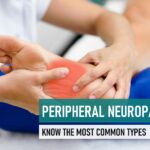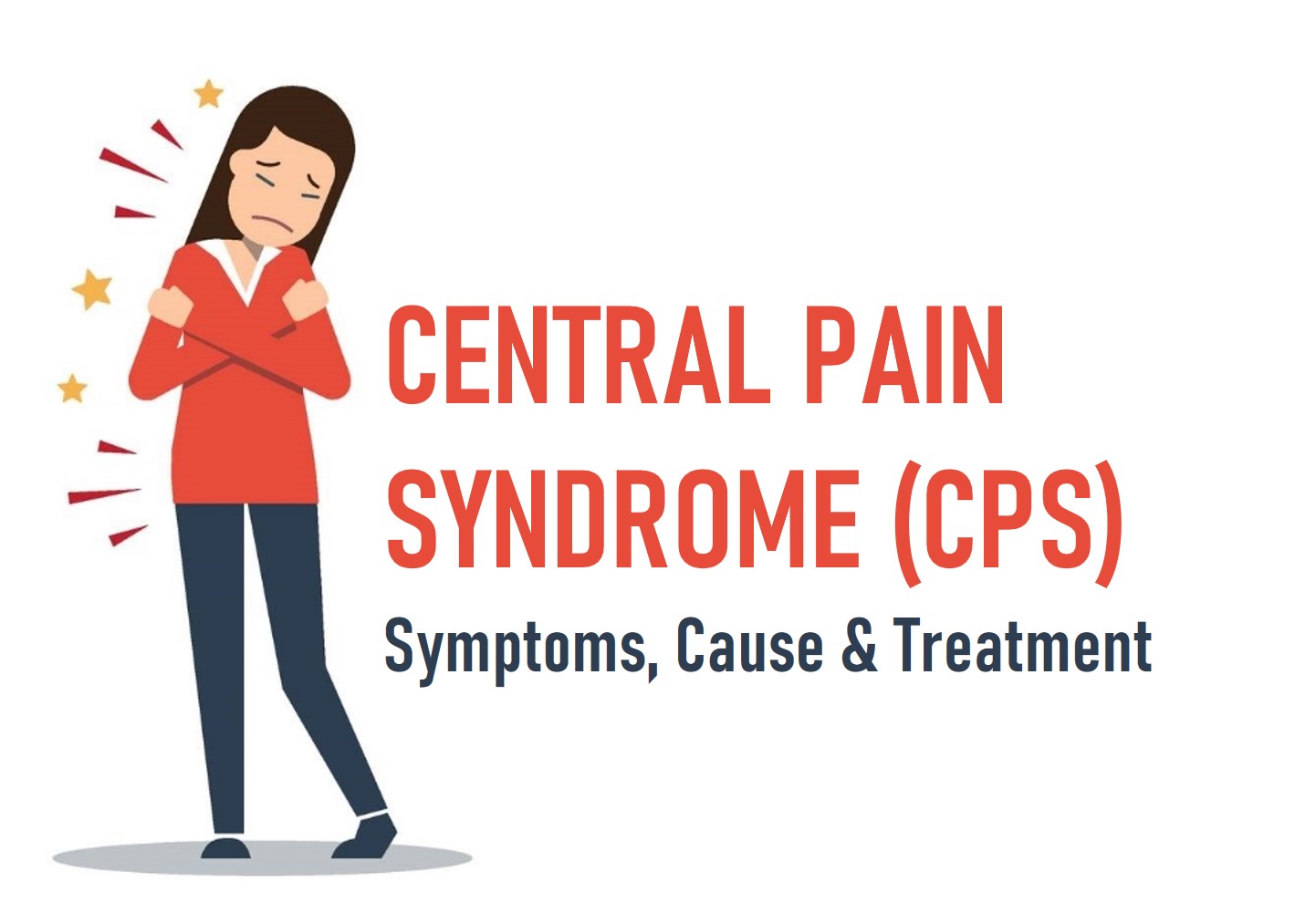What is Central Pain Syndrome (CPS)? What are the symptoms?
Central Pain Syndrome (CPS) is a rare neurological disorder caused by damage to or dysfunction of the pain-conducting pathways of the central nervous system (in the brain, brainstem, and spinal cord).
CPS patients shows primary symptoms like pain and loss of sensation, usually in the face, arms, and/or legs. They may typically feel different types of pain sensations, such as:
- Aching
- Burning
- Sharp pains
- Numbness
- Tearing
- Freezing
- Itching that turns painful
Symptoms vary greatly from one person to another. It may cause immediately after a trauma or it may take months or years to develop. In severe cases, people with CPS may have pain even when touched lightly by clothing, blankets, or a strong wind.
Causes of Central Pain Syndrome
In CPS no pain is created by a harmful stimulus. Instead an injured brain creates the perception of pain. The injury usually occurs in the thalamus, a structure within the brain that processes sensory signals to other parts of the brain.
Few conditions that cause CPS:
- brain hemorrhage
- a stroke
- multiple sclerosis
- brain tumors
- an aneurysm
- a spinal cord injury
- a traumatic brain injury
- epilepsy
- Parkinson’s disease surgical procedures that involve the brain or spine
Central Pain Syndrome Treatment
Treatment typically includes pain medications, but complete relief of pain may not be possible. Treatment of Central Pain Syndrome (CPS) is known to be challenging. The method of treatment may vary depending on the cause of the neurological damage.
Pain medications often provide some relief of pain. In general, the treatment in CPS will reduce pain, but they won’t make it go away completely.
Consult Neurologist to treat CPS
A neurologist specializes in nervous system disorders, including the brain, spinal cord, and nerves.







